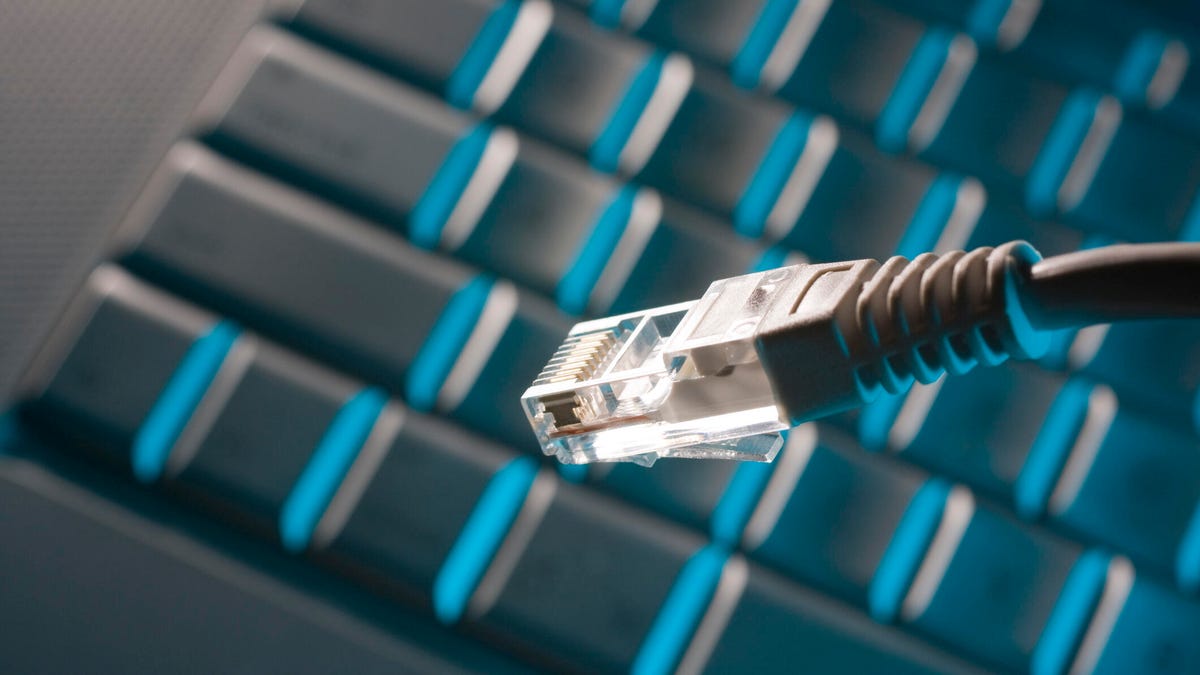High-Speed Internet for Rural Areas Gets Over $600 Million From USDA

People living in remote parts of the US may soon find it a little easier to get access to broadband. More than $667 million in grants and loans will be given to 22 states and the Marshall Islands to connect rural residents and businesses with high-speed internet, the US Department of Agriculture said Monday.
This is the USDA’s fourth round of funding under the ReConnect Program, which aims to expand broadband in rural areas. It’s one of several broadband-focused initiatives funded by the $1.2 trillion infrastructure bill signed by President Joe Biden in November 2021.
All projects in the ReConnect program must offer download speeds of 100 megabits per second and upload speeds of 20Mbps. Additionally, they must all apply to participate in the Affordable Connectivity Program, which provides a discount on internet service for eligible households.
See Also: This Government Subsidy Might Get You Free Internet Service
The money will fund projects aimed at bringing high-speed internet to remote locations, often focused on fewer than 5,000 people. In Oregon, the Pioneer Telephone Cooperative received a grant of $24.9 million to bring high-speed internet to 2,239 people, along with a handful of farms and businesses. A similar project in North Carolina will receive the same amount to help 2,674 people, 84 businesses, 117 farms and four educational facilities, according to the USDA.
“Keeping the people of rural America connected with reliable, high-speed internet brings new and innovative ideas to the rest of our country and creates good-paying jobs along the way,” USDA Secretary Tom Vilsack said in a news release. “These investments will support economic growth and prosperity for generations to come.”
To learn more about broadband options, check out CNET’s guidance on the best internet providers, the best satellite internet providers and the best Wi-Fi routers, and learn how to get the best setup for your household.
Read more: Verizon 5G Home Internet: Good for Your Phone, but What About Your House?
Source: CNET















